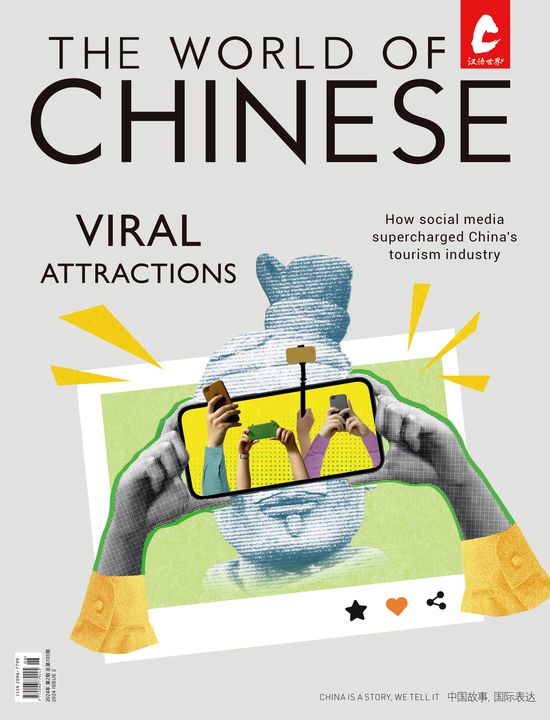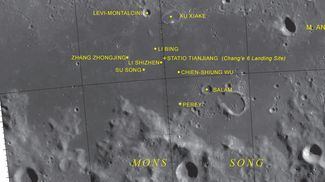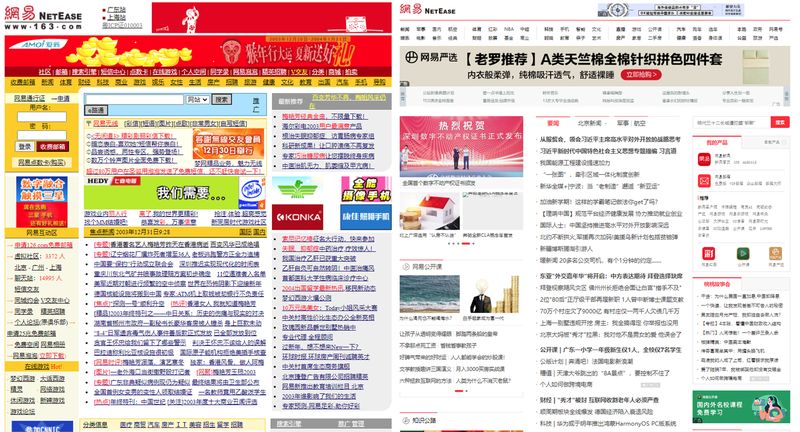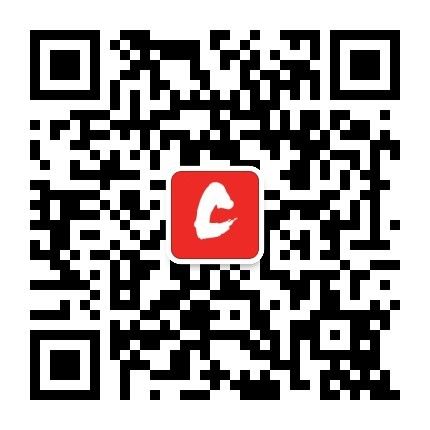And do people even care about websites in China’s mobile-centric society?
Navigating a Chinese website like the NetEase news and entertainment portal 163.com can feel like a digital archaeological dig, excavating the internet designs of yesteryears. Flashing banners, bright colors, and a chaotic collage of links can evoke a sensation of time travel.
In a country at the vanguard of digital innovations, where applications like the ubiquitous WeChat have revolutionized the concept of what an app can do, the stark contrast between modern mobile apps and seemingly outdated websites raises an intriguing question: Is the design harking back to the early days of the internet a mere aesthetic divergence or is there more to it?
Difficulties in design
Designing websites in the Chinese context has its unique challenges. Unlike Latin alphabets, character-based languages like Chinese have a limited selection of web fonts, which makes it challenging for designers to emphasize text, directly impacting users’ readability, as David Gilbert explains in a widely-shared 2013 analysis of Asian web design. The US-based user interface and experience consulting firm Nielsen Norman Group further notes that readability is not merely a matter of aesthetics but a fundamental factor influencing user experience.
However, this lack of textual emphasis and increased logographic “clutter” on websites may not necessarily have a negative impact on Chinese users’ specific experience. Tech content creator Cynthia Zhou in her analysis of Asian web design argues that the design of these sites may be intentionally “cluttered” because Chinese can be considered “holistic thinkers” who are able to process dense information faster as suggested by research in psychology. Further research in psycholinguistics shows that Chinese readers tend to move their eyes asymmetrically, akin to “scanning” a page with less focus on individual elements, and may therefore be able to process a “cluttered” page faster.
Still, Cheng Yunnuo and Jakob Nielsen from the Nielsen Norman Group find in their website usability study using empirical testing that while Chinese users may be used to “cluttered” sites visually and find them to be normal-looking, they still experience significant usability issues like difficulty in finding essential information or functions across a range of websites from news portals like 163.com to banking and shopping sites.














